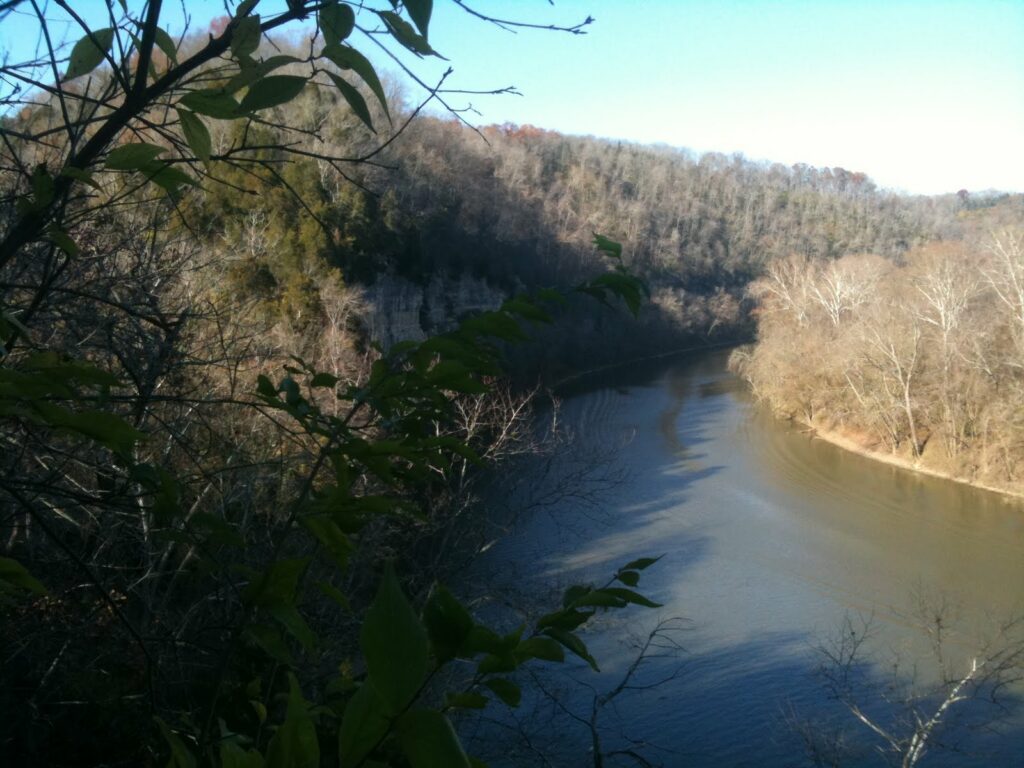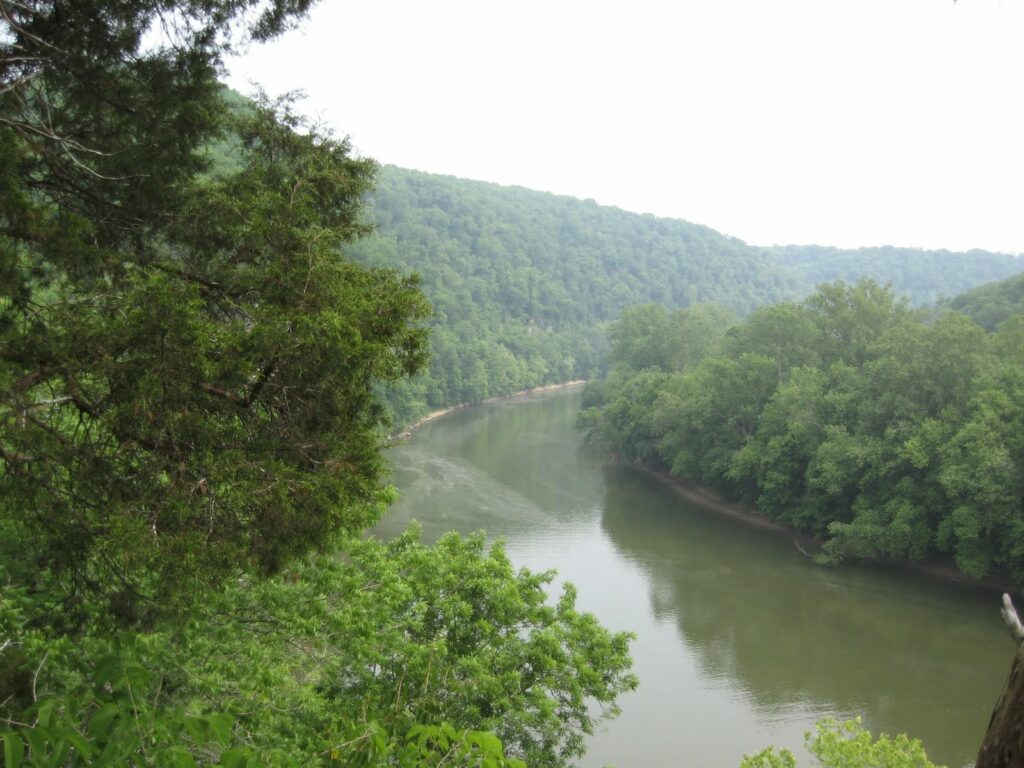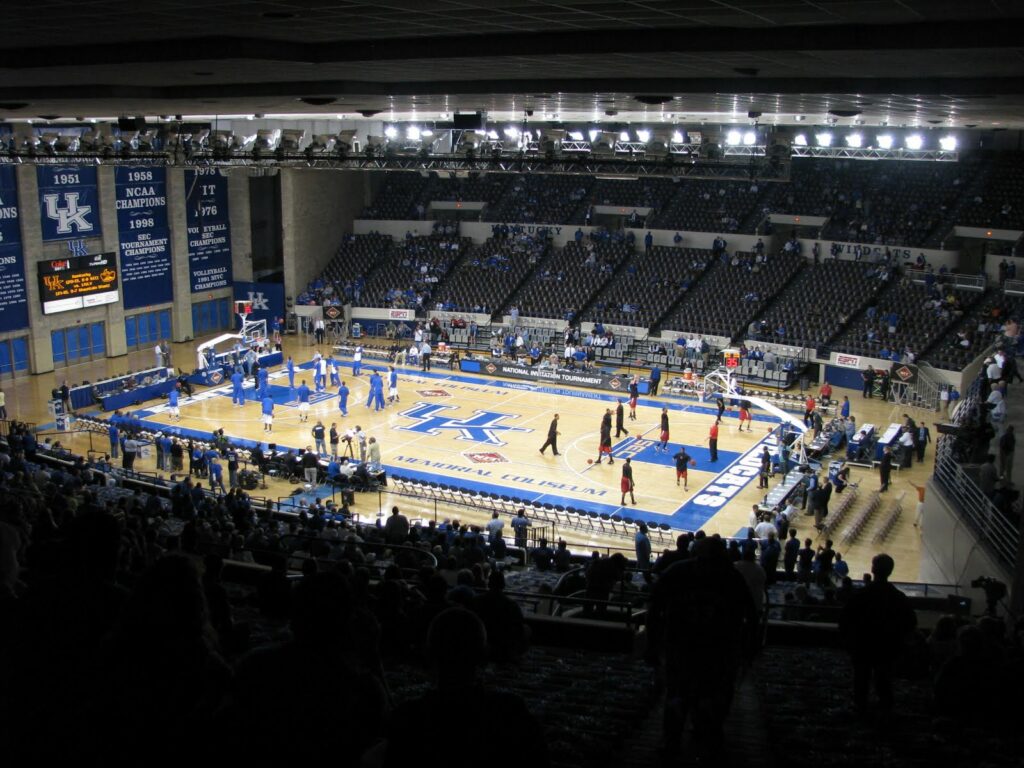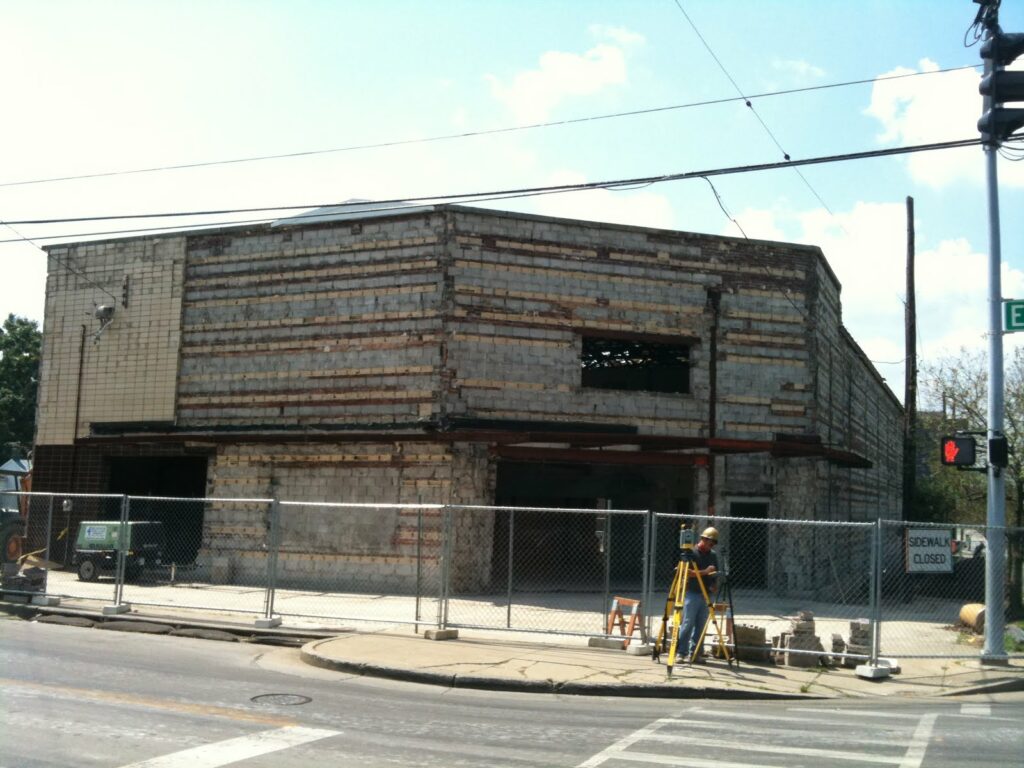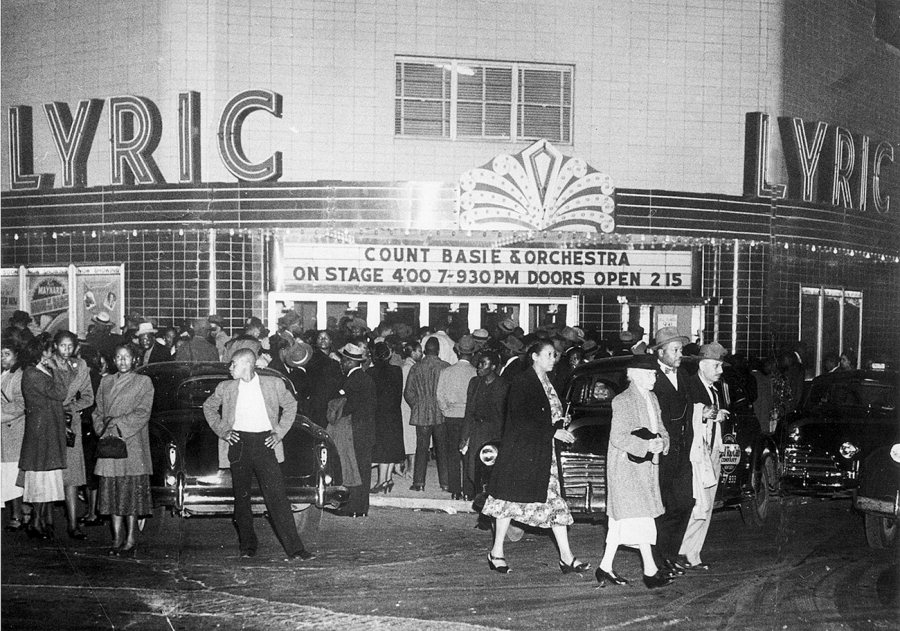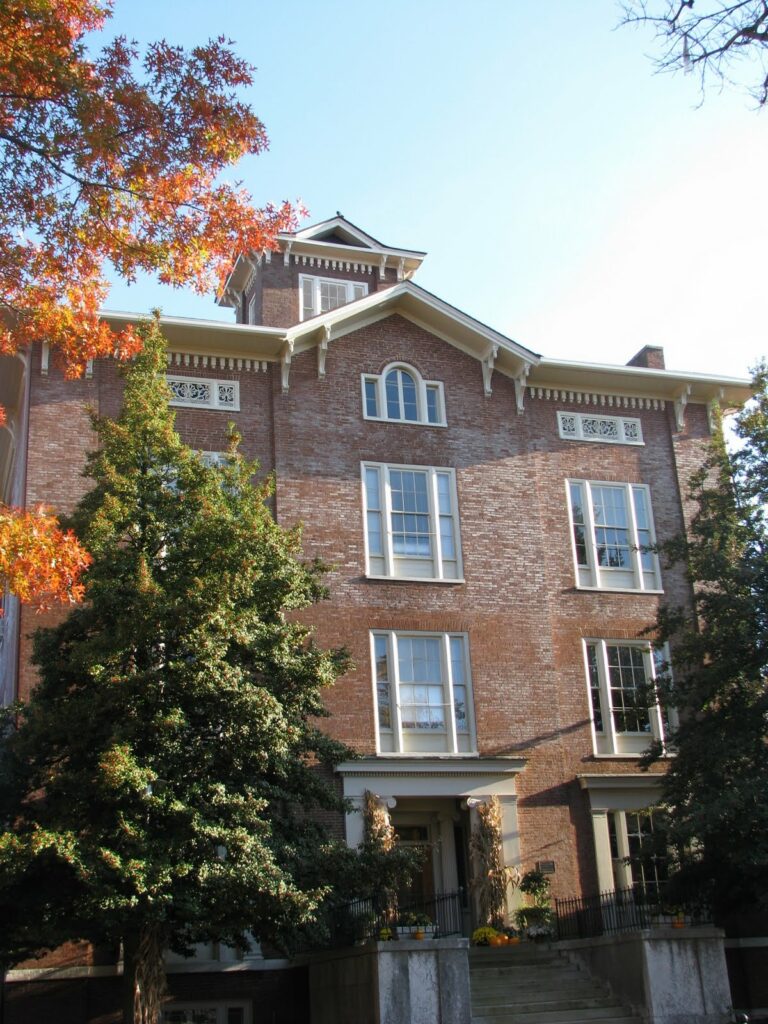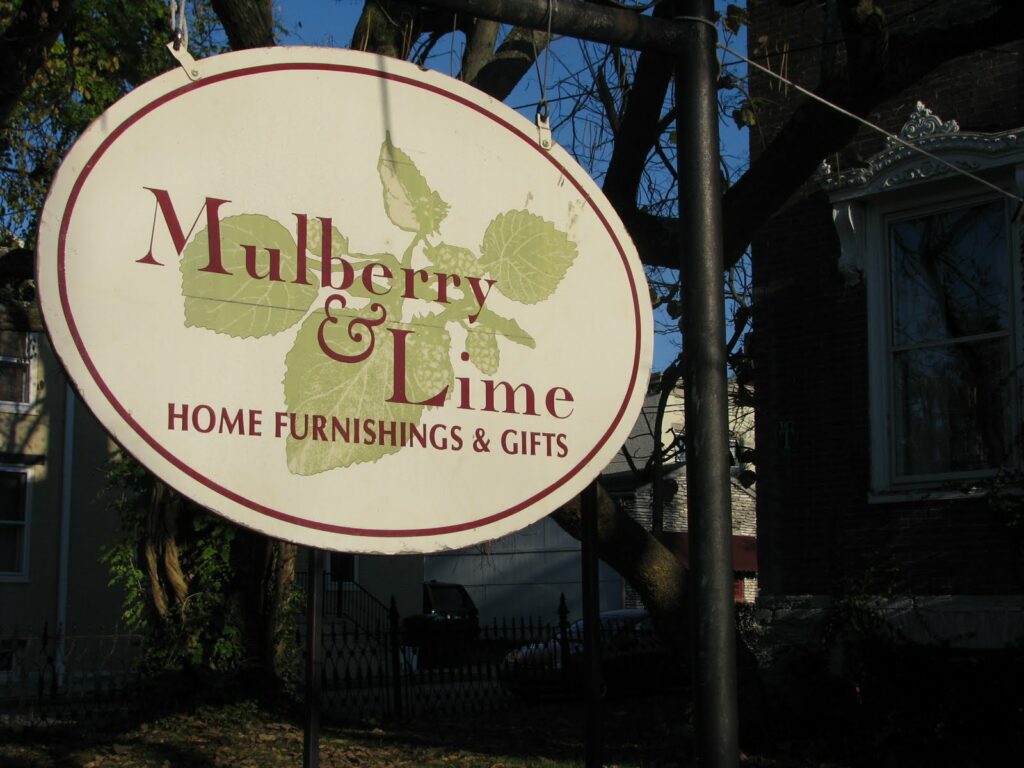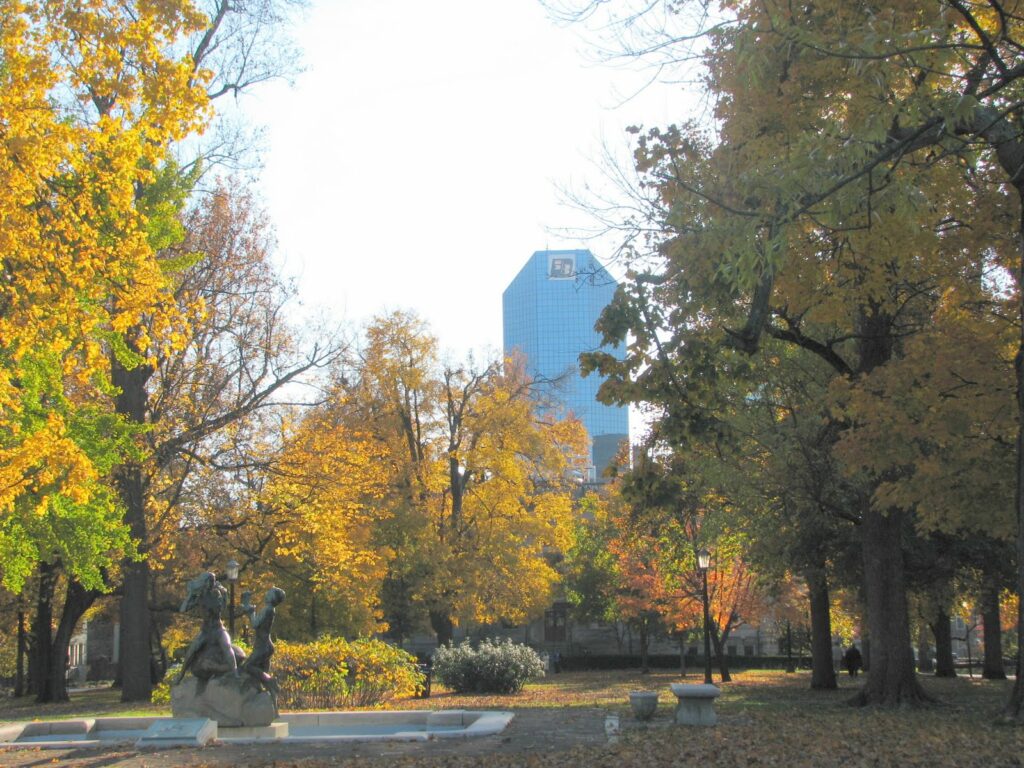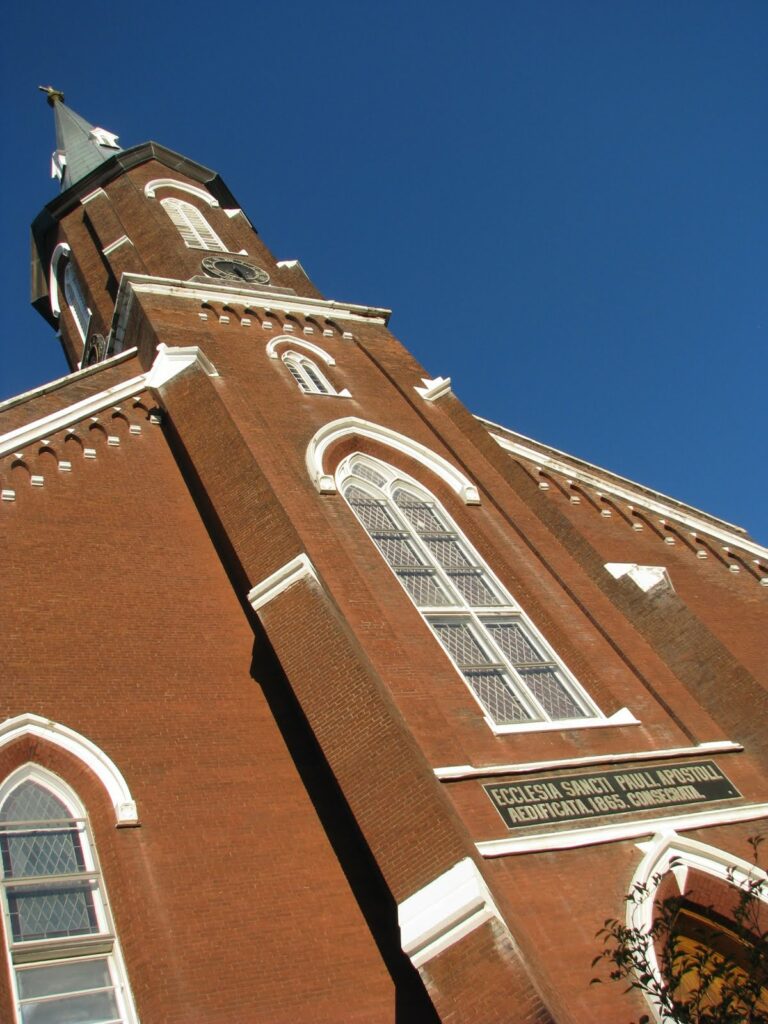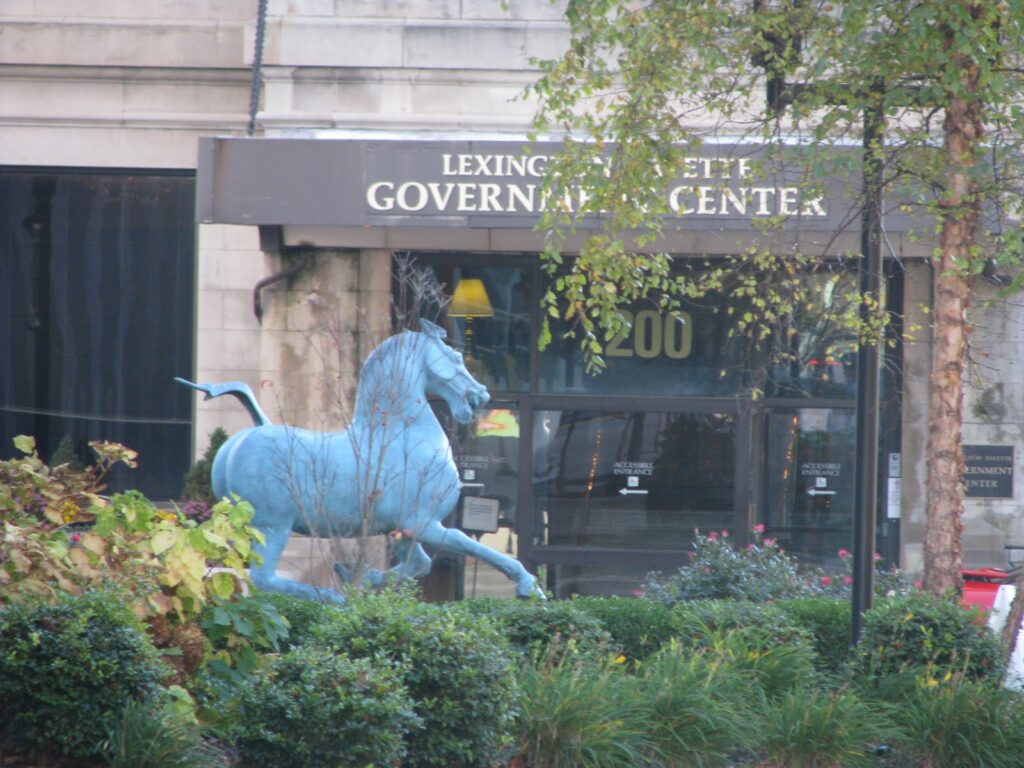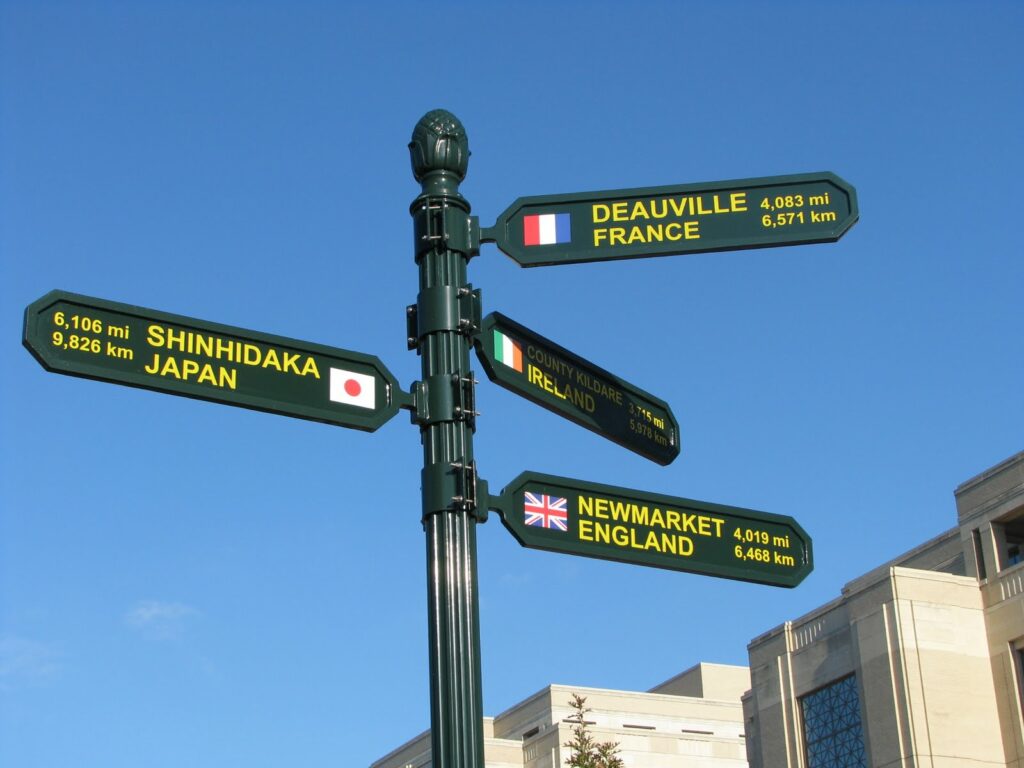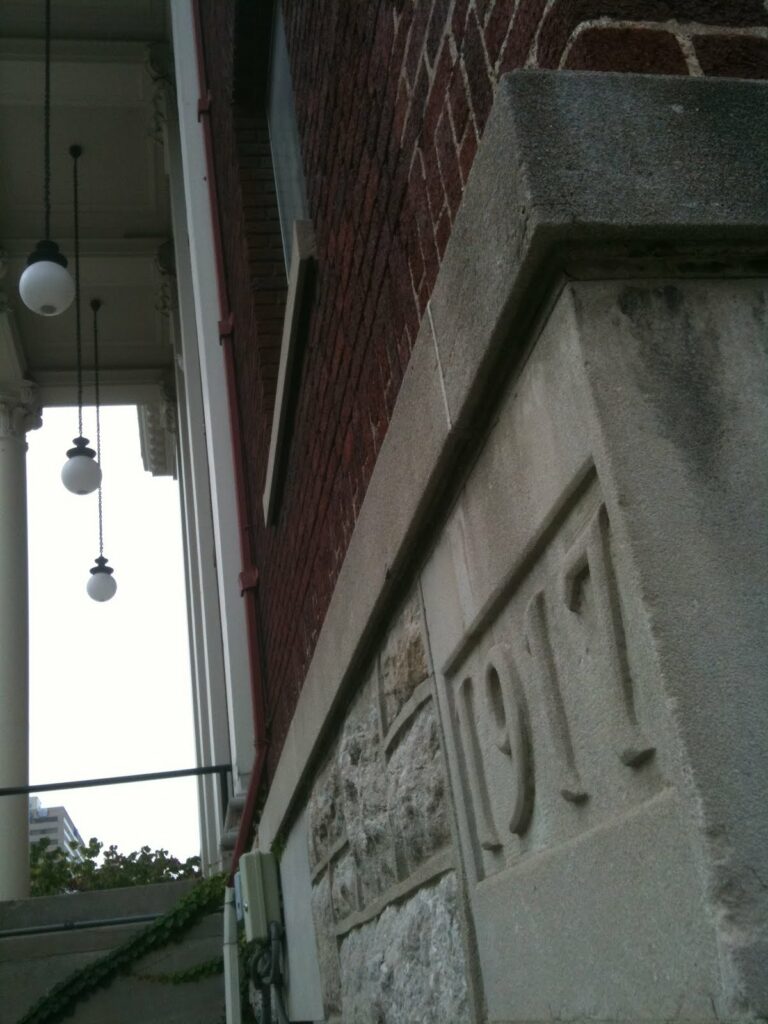 I attended the Broadway Christian Church for about 5 years in the mid-1990s; it is a storied church with a long and schismatic history. Since conducting its first service on May 1, 1870, the church has been a leader in the Stone-Campbell Restoration Movement and has planted many of the “Christian” Churches now in the area.
I attended the Broadway Christian Church for about 5 years in the mid-1990s; it is a storied church with a long and schismatic history. Since conducting its first service on May 1, 1870, the church has been a leader in the Stone-Campbell Restoration Movement and has planted many of the “Christian” Churches now in the area.
The current church is the third “Broadway” at the Broadway/Second Street location. The first on the site was an old Presbyterian Church, torn down in 1890 and replaced by another structure that served from 1891 until a 1916 fire. The current sanctuary rose from the ashes in 1917 and two major additions followed in the mid-to-late 1900s.
One of the most memorable features of the church are the hallway behind the sanctuary and the long hallway underneath the sanctuary (off of which are some of the old Sunday School classrooms). Along the former are paintings and/or photographs of each of the church’s senior ministers. Along the latter are pictures from the church’s long history (which details a great bit of Lexington’s history, as well).

